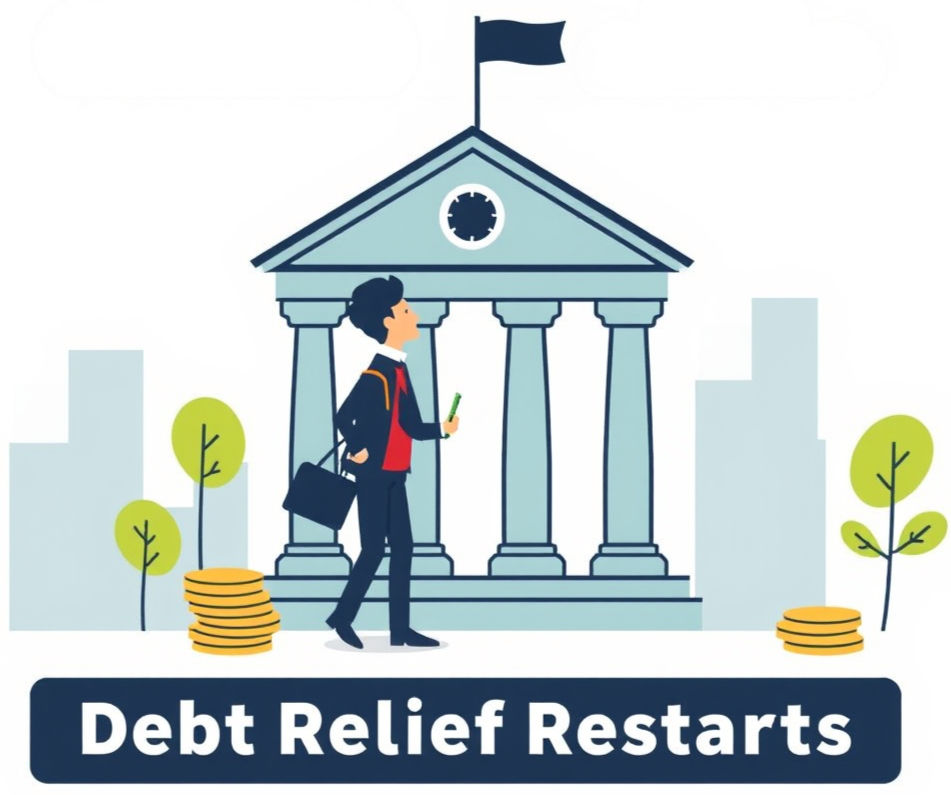Student Loans: High Expectation vs Harsh Reality
- TitanPrep News

- Sep 29, 2021
- 2 min read
Updated: Apr 4, 2023
There is more than $130 billion in federal aid available to students, in the form of grants, federal loans, work-study funds, and education tax credits and deductions. There are many ways to finance your college education.

With options offered by the federal government, as well as aid from state governments, private sources and merit scholarships, it is possible to attend the college or university of your choice.
The Basics
There are two different types of financial aid — merit-based and need-based.
Merit-Based Aid: Merit-based financial aid is often referred to as scholarships awarded to a student by either an institution or outside organization without regard for financial need. Students typically receive merit-based scholarships for academic achievements although some can be awarded for public service, special talents, leadership skills or other personal characteristics. Athletic scholarships are also a form of merit-based aid.
Need-Based Aid: Need-based financial aid is awarded to a student based on financial need. The Free Application for Federal Student Aid (FAFSA) is generally used for determining federal state and institutional need-based aid eligibility. At private institutions, a supplemental application may be necessary.
Based on the results of your FAFSA form, your college or career school will send you a financial aid offer, which may include federal student loans. Your school will tell you how to accept all or a part of the loan.
Before you receive your loan funds, you will be required to
complete entrance counseling, a tool to ensure you understand your obligation to repay the loan; and
sign a Master Promissory Note, agreeing to the terms of the loan.
After leaving school with federal loans, there are four income-driven repayment plans available:
Revised Pay As You Earn Repayment Plan (REPAYE Plan)
Pay As You Earn Repayment Plan (PAYE Plan)
Income-Based Repayment Plan (IBR Plan)
Income-Contingent Repayment Plan (ICR Plan)

The Reality
Most students select their schools and careers based on their future goals and future income potential. But when students' expectations collide with the real world after graduation, their actual income potential and obligation to repay the borrowed funds becomes a harsh reality.
At the end of the 2020 academic year, American schools conferred an estimated 1 million associate degrees, and 2 million bachelor’s degrees.
By contrast, in that same time frame repayment on most federal loans were in emergency forbearance due to the Covid-19 CARES Act and a weakened national economy.
But even before the Covid pandemic, national student debt levels topping $1.57 trillion could easily be categorized as an epidemic all its own. And with less than 2% receiving successful loan forgiveness over the entire lifetime of the programs designed to provide relief, the biggest question may not be what happens to the employment economy in 2022 but instead what happens to student loan reform in the Biden administration DOE.
Many experts and policymakers argue that surging student debt is harming younger generations of students by preventing them from reaching their financial goals while exacerbating racial inequality.

The prospect of borrowing money to finance a better future through education is now in jeopardy due to employment and financial headwinds. Only time will tell if expectations can become a reality.



Comments